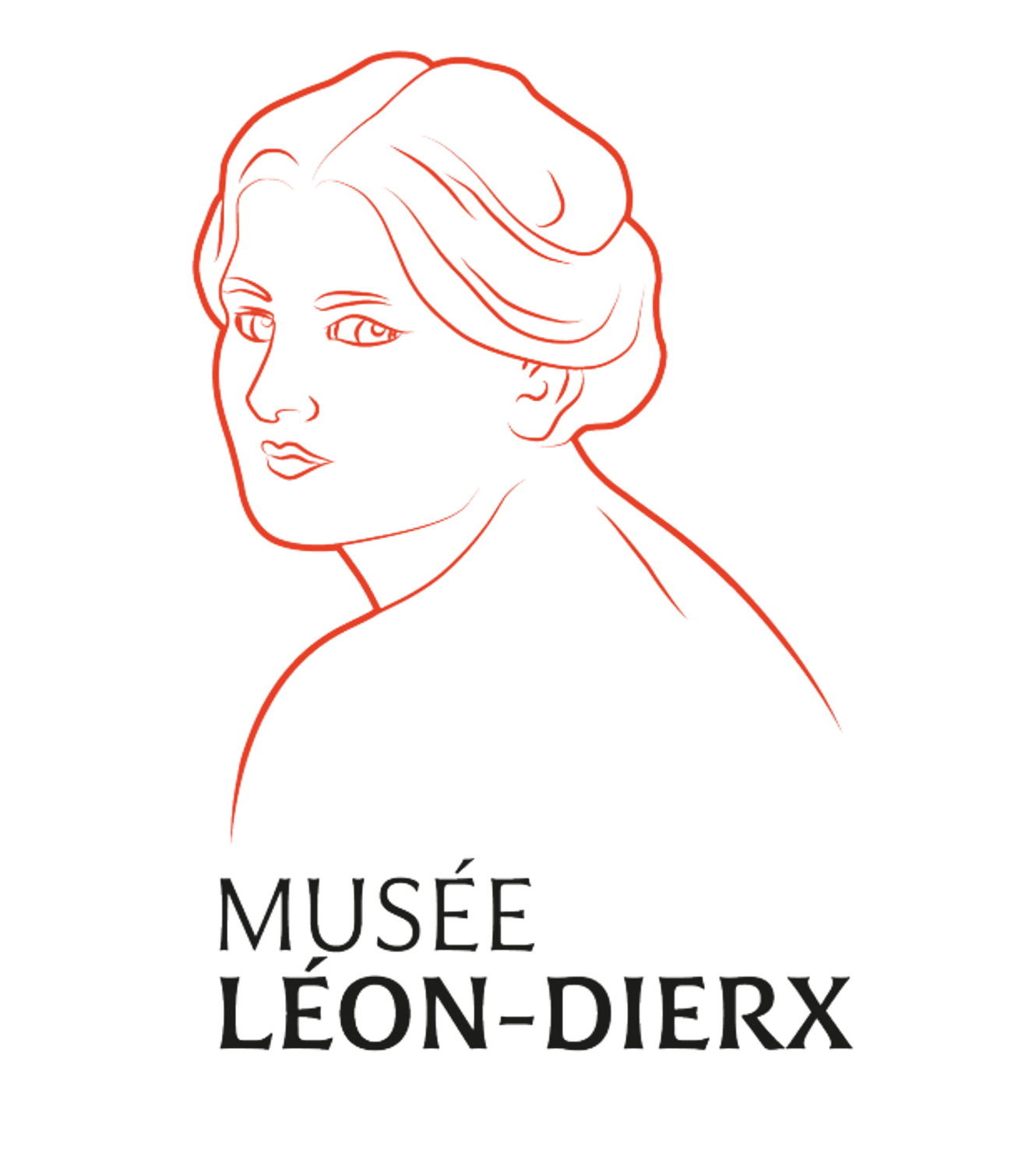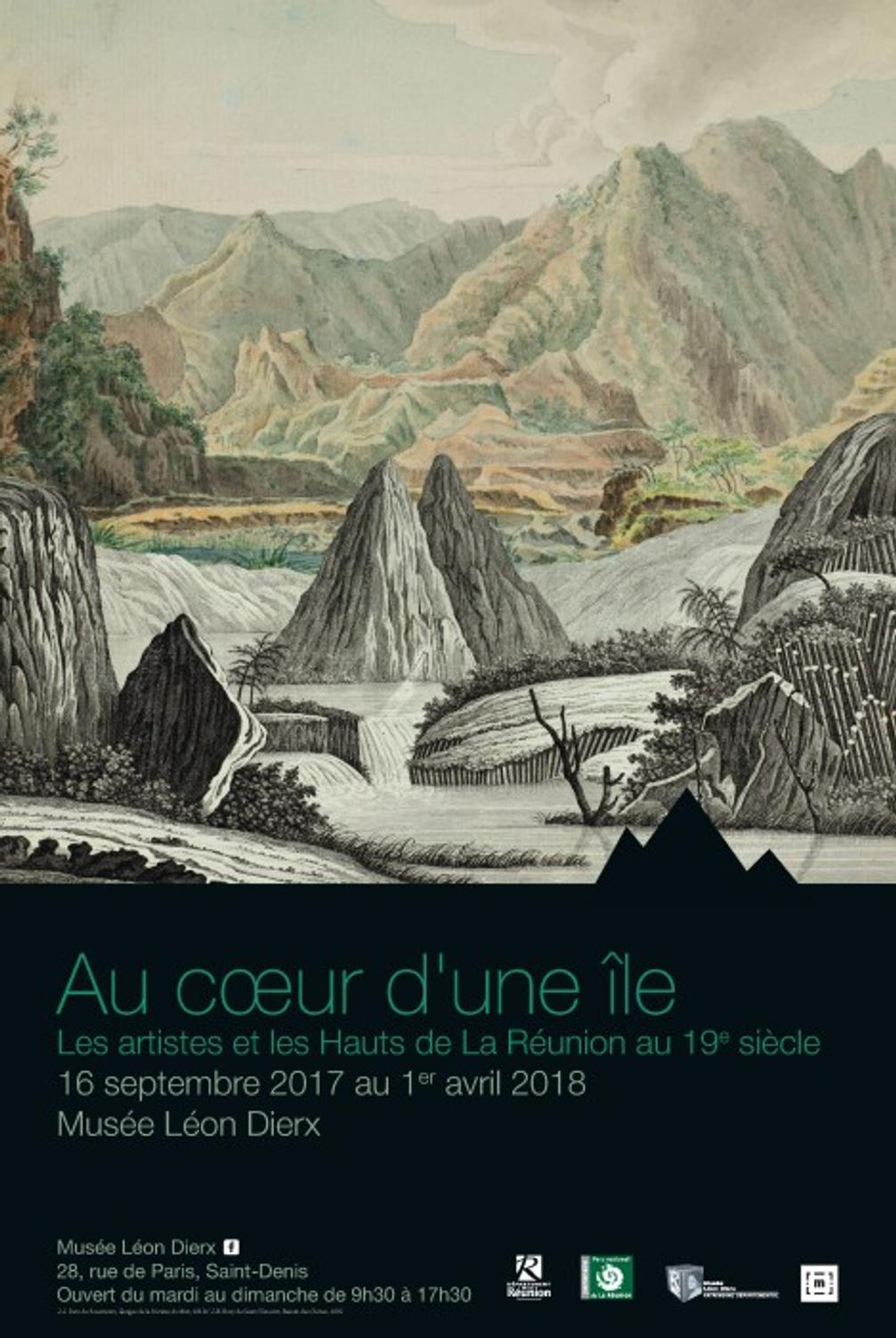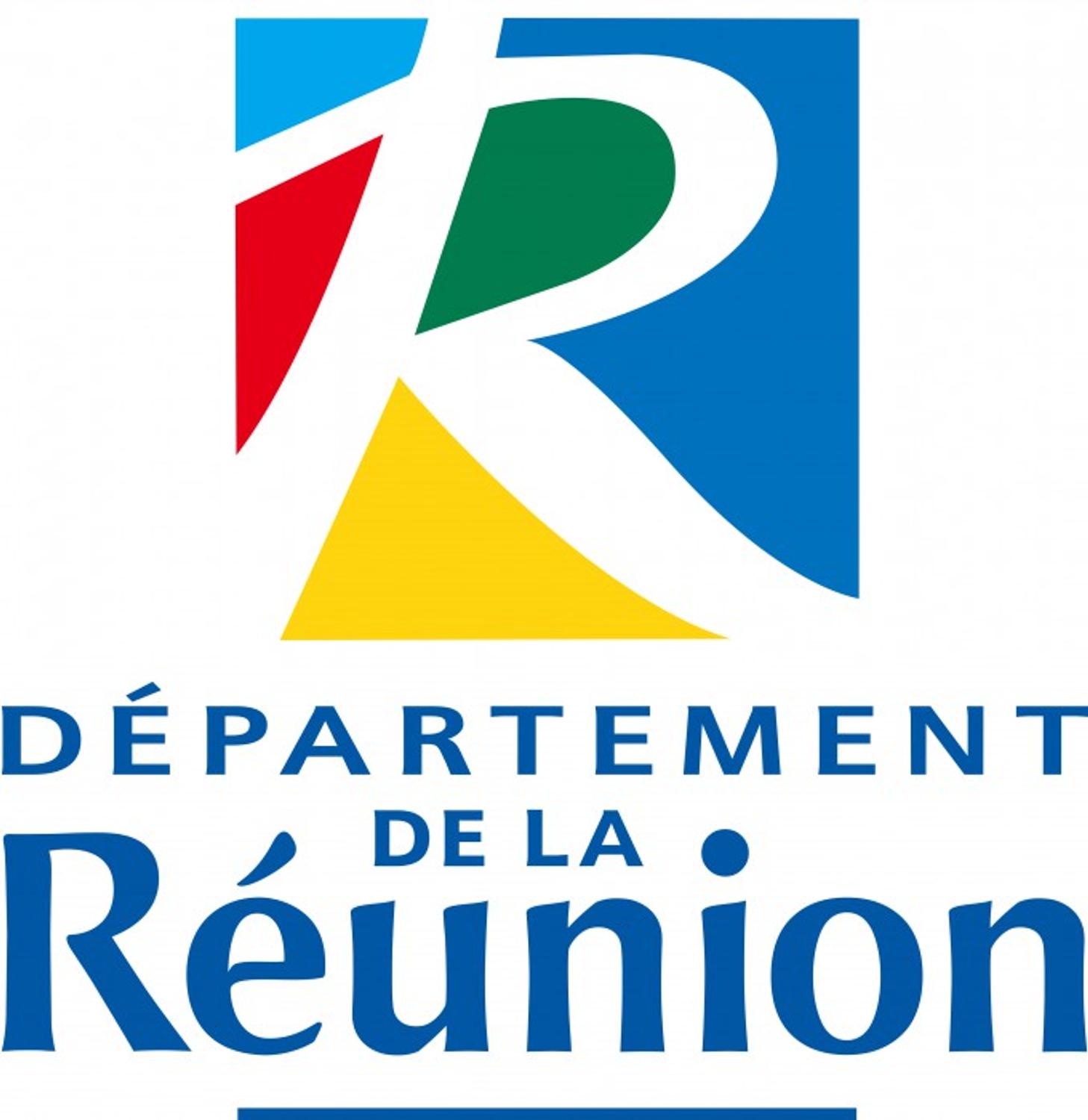At the heart of an island, artists and the mountain areas of Reunion in the 19th century
16th September 2017 - 1st April 2018
From the end of the 18thcentury, artists started to explore the mountain areas of Reunion, leaving the first artistic traces of this unique Indian Oceans space through their watercolours and engravings. The river gorges and the volcano were the most popular subjects and revealed the beauty of the island to Europeans.
During the 19thcentury, representations of the interior of the island became more and more frequent. After representing freedom for fugitive slaves, the island’s cirques and high plateaus became new territories to be settled on the island, for sections of the population living on the margins of the plantation society. The climate of these areas was also propitious to the development of mountain resorts. Lithographs representing mountain landscapes produced between 1840 and 1880 show the presence of roads, footpaths, bridges, spas, houses, huts, churches, all showing the transformations that took place.
In the 1870s-1880s, the mountains of Reunion continued to attract artists such as the well-known Reunionese landscape painter Adolphe Le Roy. Fascinated, even obsessed, by sites in the interior of Reunion, he represented the island as a sort grandiose or threatening garden of Eden, bathing in the light of the rising or setting sun. As from the 1880s, photographers present on the island came to replace the painters. Like Henri Georgi, they left an abundant stock of views. Their camera lenses were deployed to produce skilfully framed images exploiting the curved lines of the mountains and the photograph was composed as a true picture.
From the 1800s to the 1880s, the exhibition presented the iconographic memory of the mountain areas of Reunion, drawings, paintings, lithographs and photographs revealing the heart and identity of Reunion island
Visit the virtual exhibition on the website of Iconothèque Historique de l'océan Indien (Indian Ocean Historical Image Bank)






